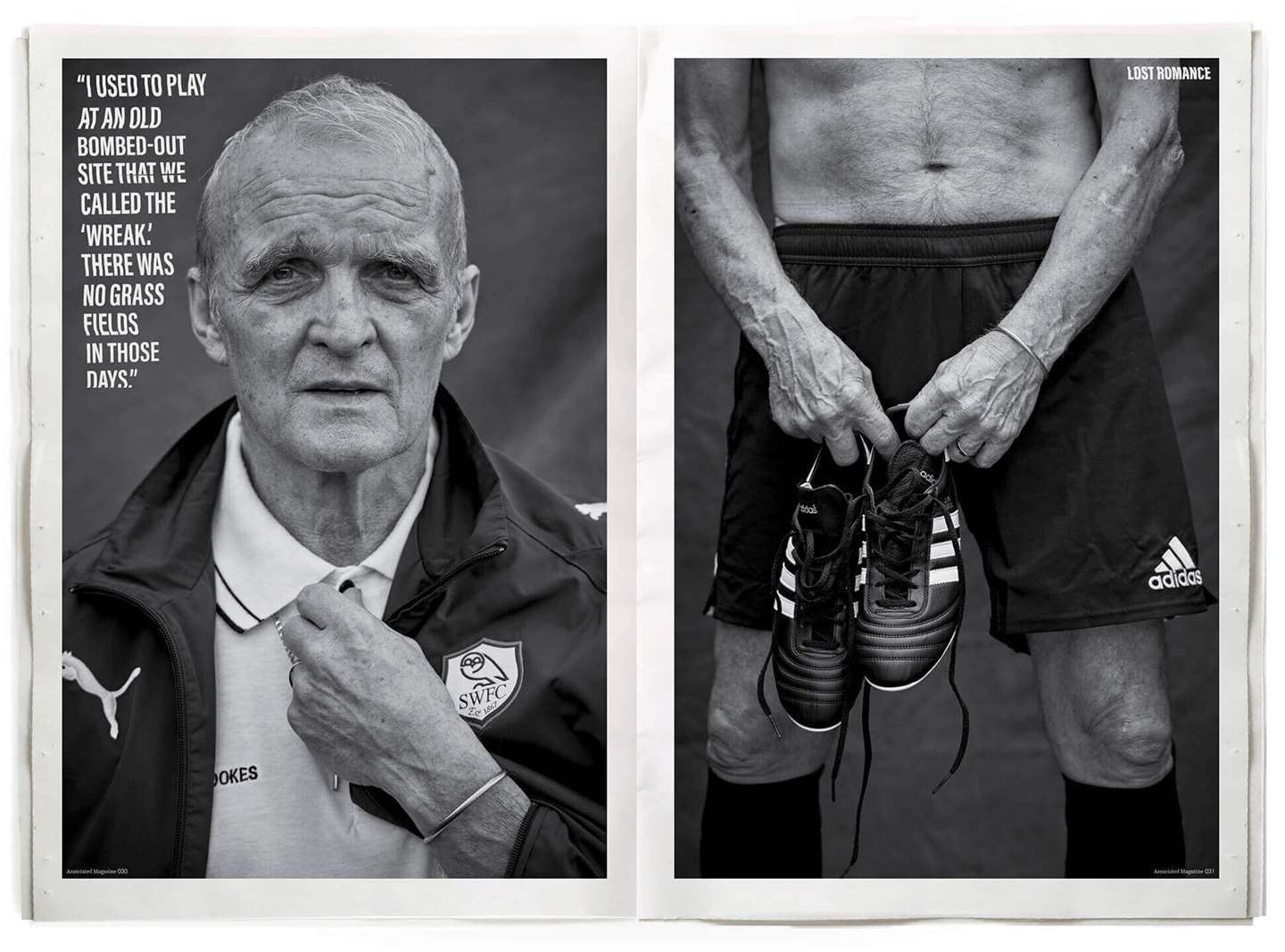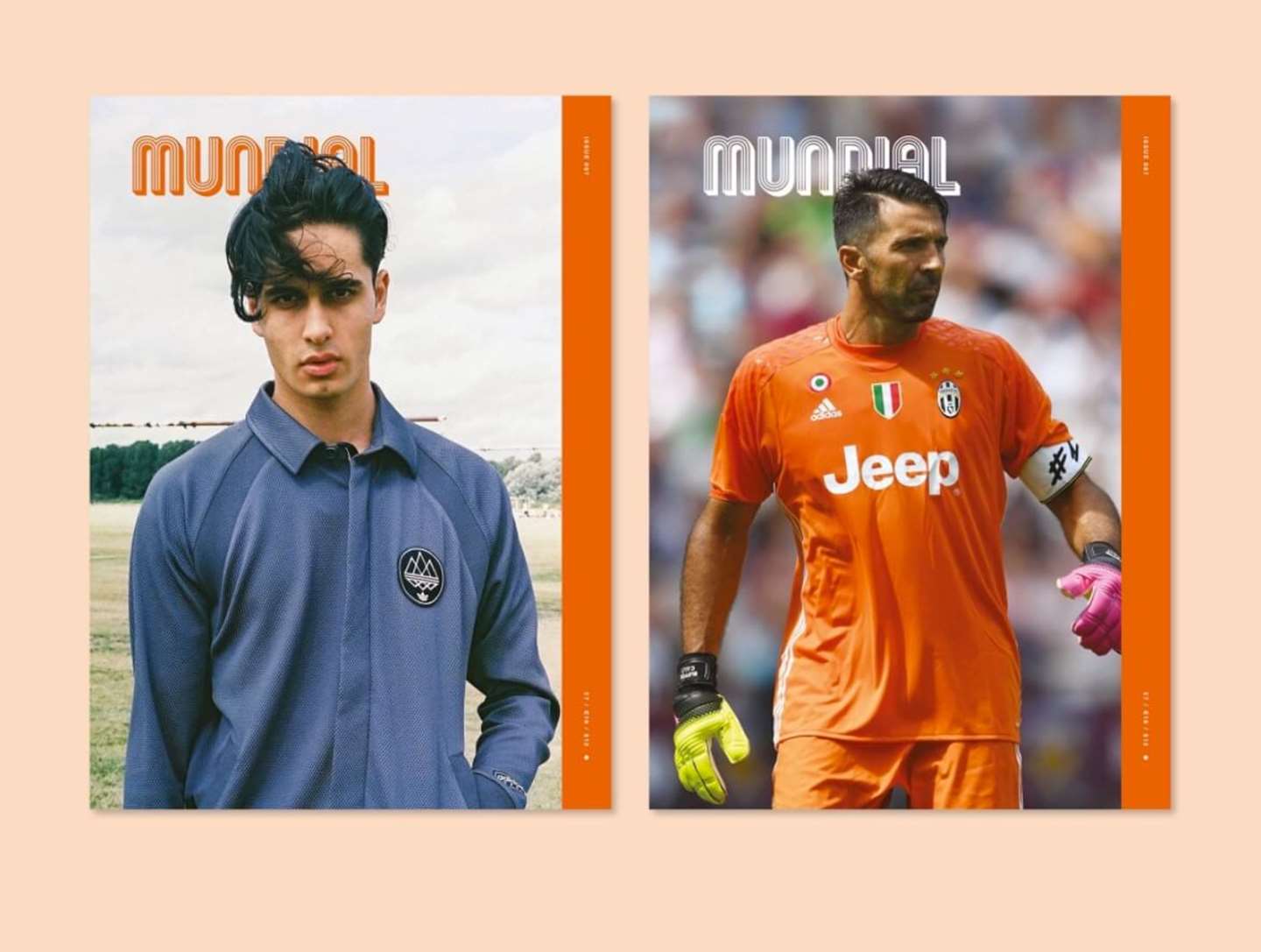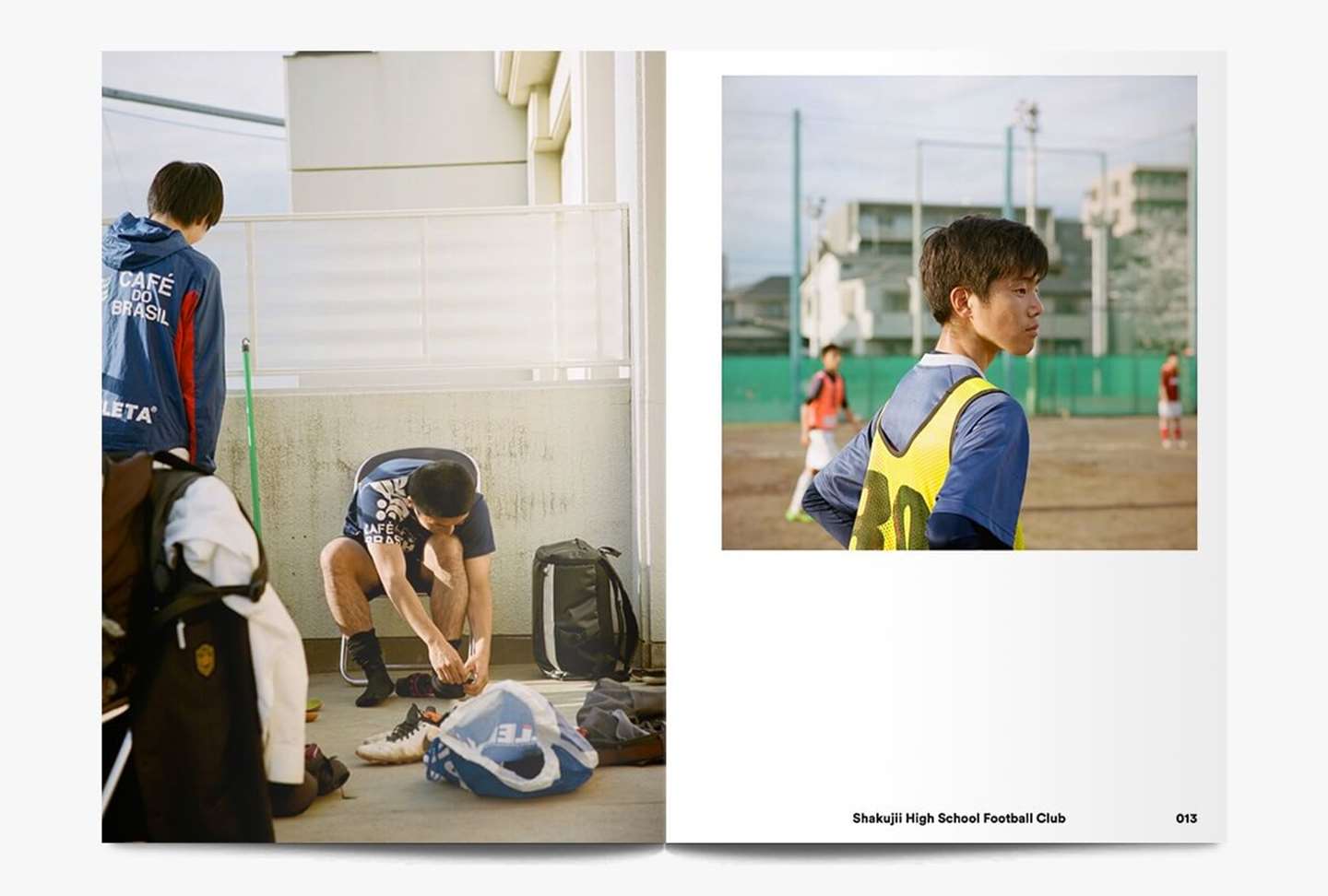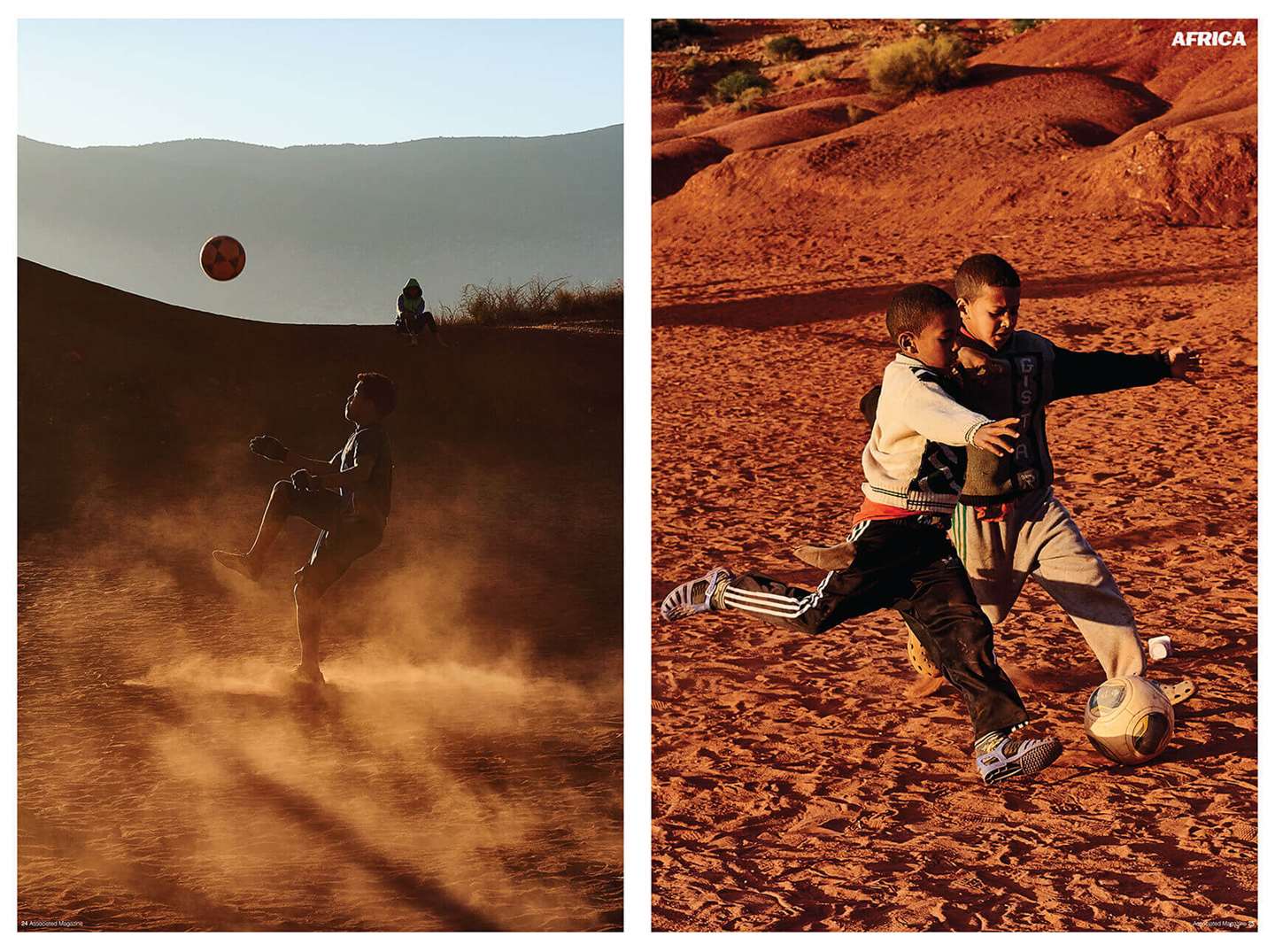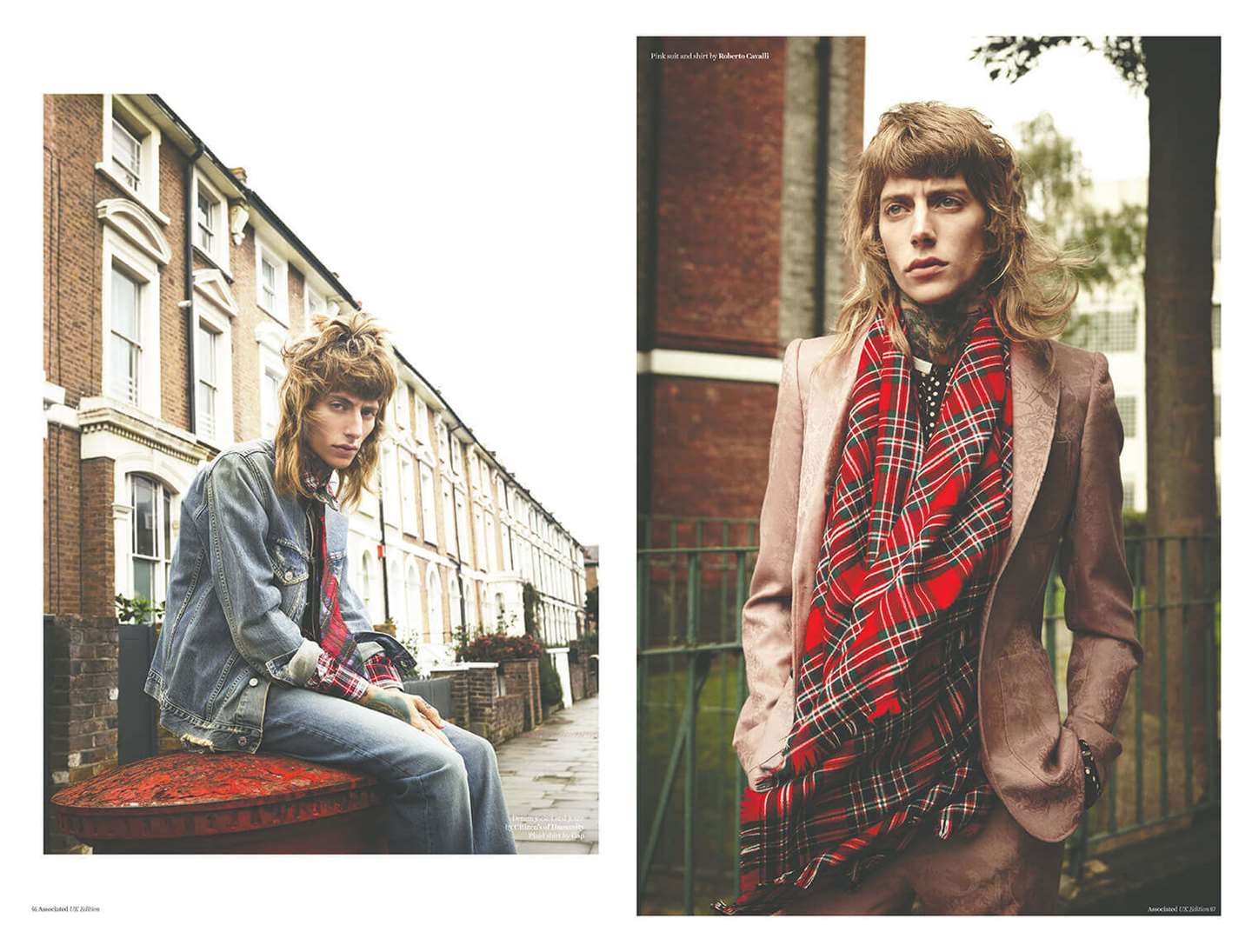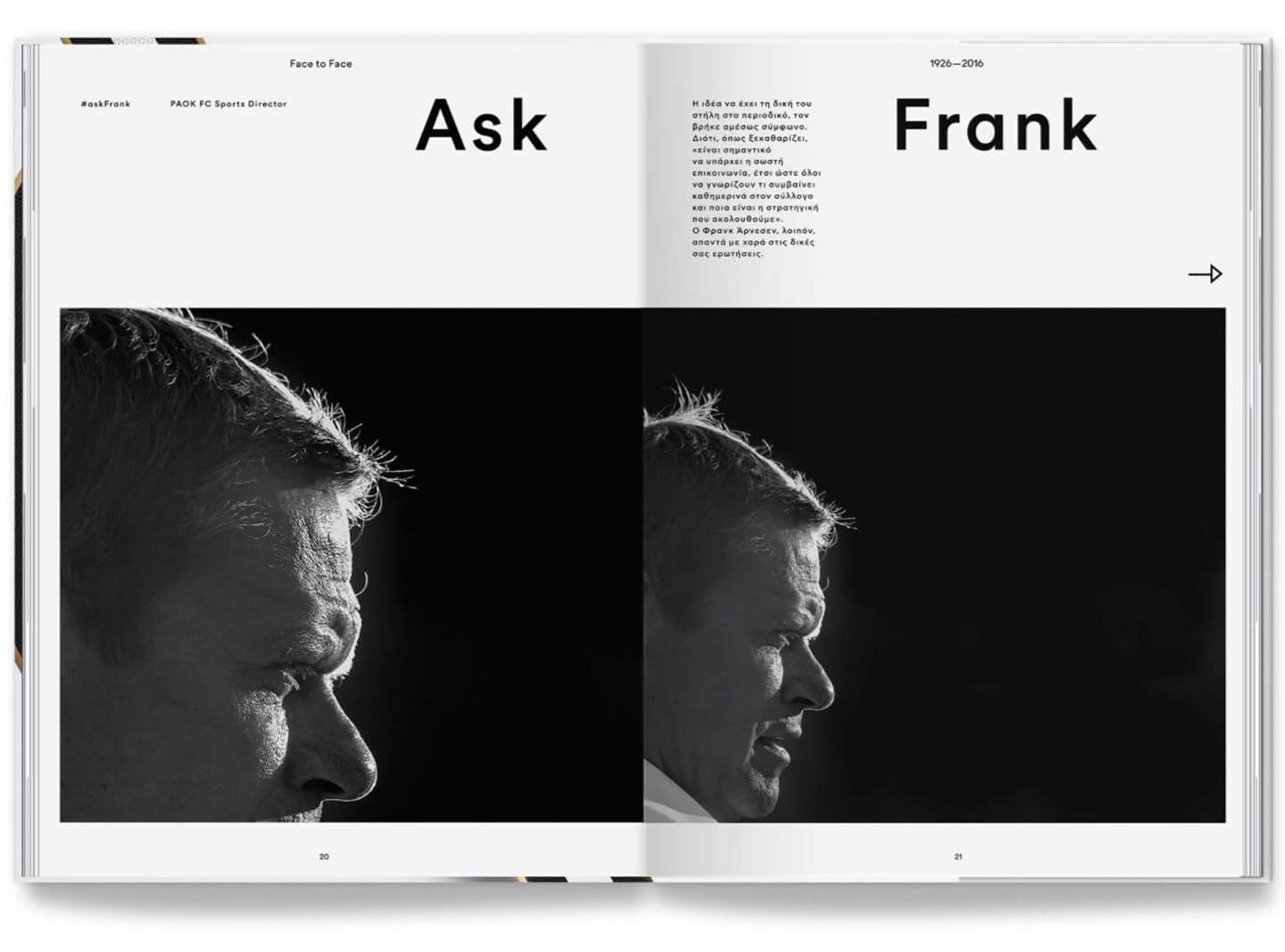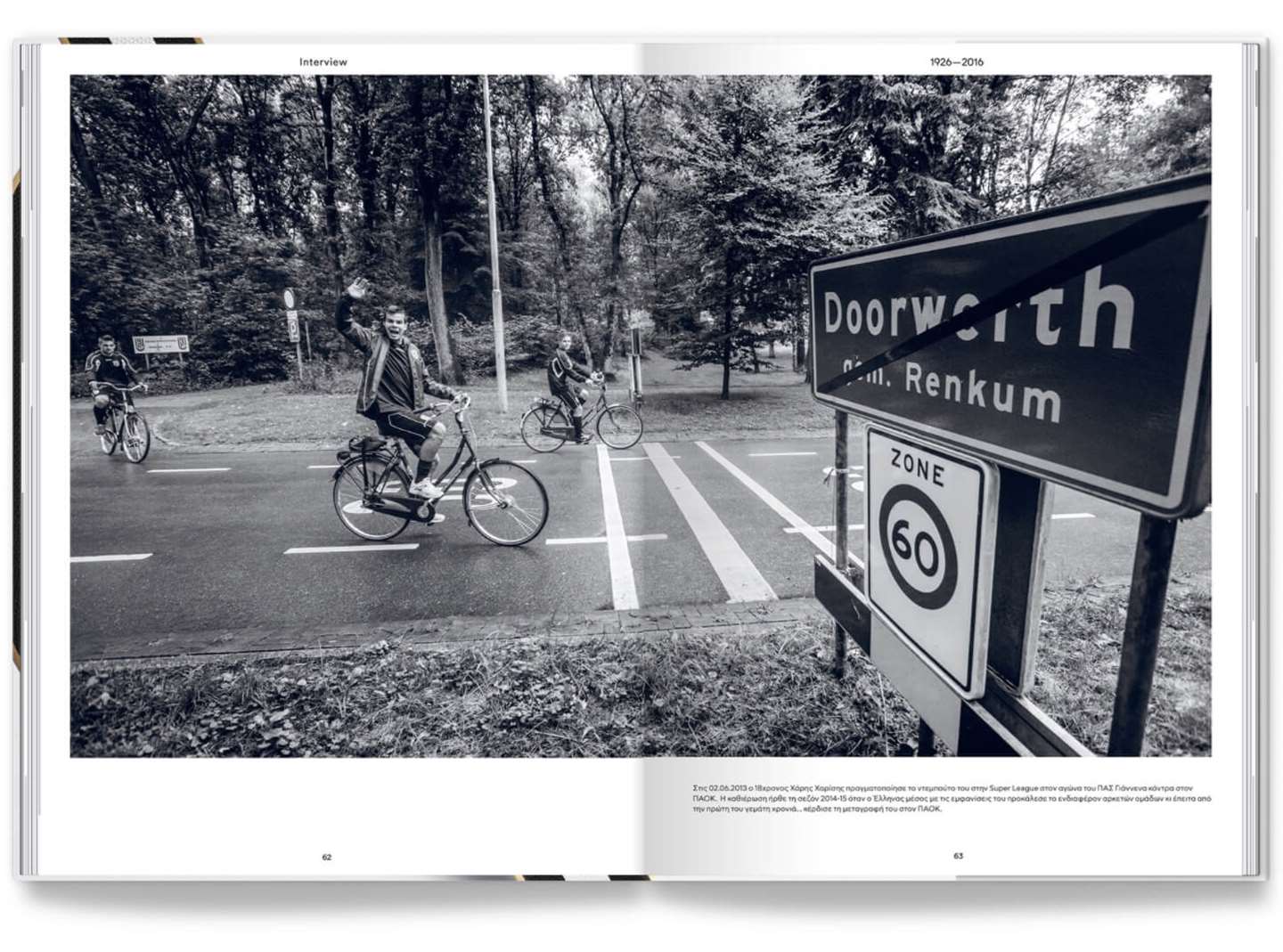The power of print at a glance
- A new breed of magazine is offering up a new, design-savvy perspective for the football intelligentsia
- Top-end advertisers are drawn to the cut-through of this disruptive, fan-first approach
- Joined-up football coverage, with print media as the hero, has even attracted the attention of the clubs themselves
Football has always been well served when it comes to print media. Think of those self-published fanzines with small print runs that capture the unique wit and character of the stadium terraces.
But lately, we’ve seen a new genre establish itself, reflecting the big money that now surrounds the beautiful game: the high-end soccer magazine.
Taking its cue from upmarket fashion and lifestyle titles, these publications take a more polished approach to design and photography, coupled with a rich, varied and downright cheeky approach to storytelling.


